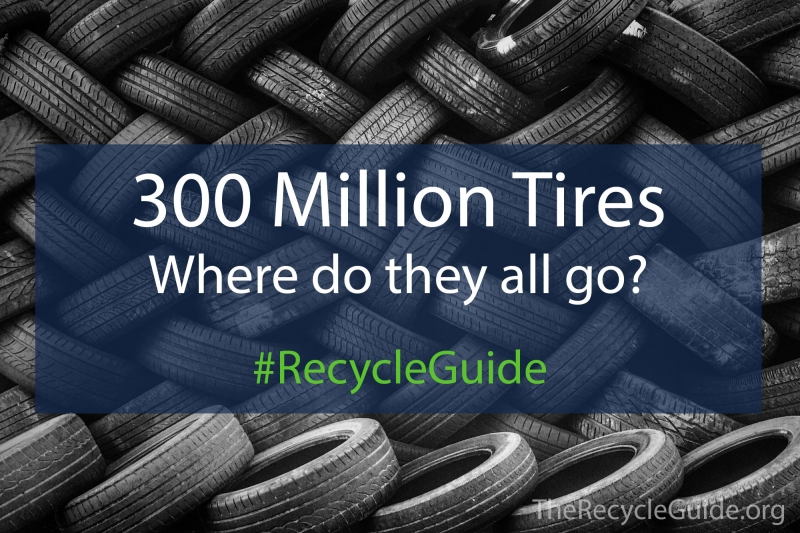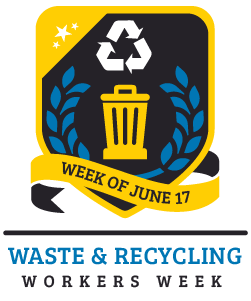
In the early 1990s, there were an estimated 2 to 3 billion tires in stockpiles across America. These discarded tires were a fire hazard and provided shelter for rodents and breeding grounds for mosquitoes, posing serious environmental and health risks.
According to the EPA, Americans are generating around 290 million scrap tires every year. Yet those stockpiles have been reduced by 90 percent. So where do they all go? What turned the tide on tires?
Tire Recycling
Thanks to efficient recycling and creative re-purposing, tire recycling is a rare environmental success story. End-of-life tires can be reused or recycled for things like railroad ties, ground cover for playgrounds, highway sound barriers, wastewater treatment filters, roofing shingles, embankment fill, tire derived fuel and rubberized asphalt concrete, which is used to pave roadways.
Combat Tire Waste
Tire recycling is, thankfully, an effective solution. But there is always room for improvement! Here are some small actions you can take to reduce tire waste and help make recycling more efficient.
- Before replacing your tires, ask if they can be retreaded or repaired
- Verify your old tires will be recycled when you have them replaced at a shop
- Dispose of used tires correctly – the requirements and process vary by location, so check with your city or waste provider for guidance
- Extend the life of your tires with regular maintenance – proper inflation, rotation and balance
- Before recycling tires, consider reusing old tires in a DIY tire project such as planters, composting bins or tire swings
Share your tips and tire projects with #RecycleGuide
Recycle Item of the Month brought to you by…
|
|















